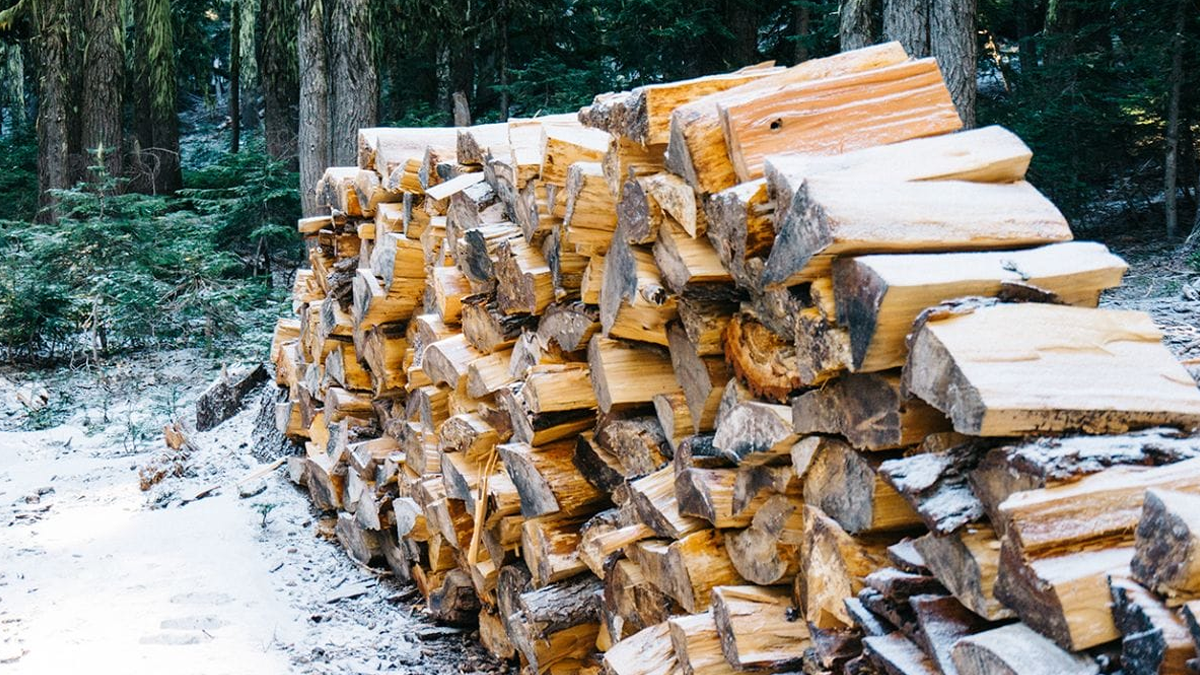
Many times, the efforts of their well-maintained lawns are destroyed as patches are ripped out, and chunks of grass are uprooted to lie helter-skelter. This can be very annoying but not without its reasoning. Understanding reasons crows dig in grass means you can understand effective ways of lawn protection and reducing damage these birds can do to it.
The Main Reason: Insects
The main reason that crows dig in lawns is to search for food, especially insects. The crow is an omnivorous, opportunistic feeder, and for most domestic and wild situations, it feeds on everything from seeds and fruits to small mammals and insects. The grubs, the beetles, and numerous other insects, in fact, inhabit a lawn during one or the other time of the year just beneath the turf and can ruin a lawn to a great extent, especially from fall to spring. These insects then become a wealthy, accessible food for crows.
Grubs like the larvae of beetles are some of the favorite foods of crows. Living underground, grubs feed on grass roots and other plant roots, making the lawn weak or causing brown spots. Crows can easily tear up grass with their sharp beaks and strong legs to get at these juicy morsels.
A more typical warning of grub presence can be the persistence of crows pecking at a lawn. In fact, if a lawn is severely infested with grubs, then the damage done by these crows pecking and digging for their mealworms may be quite substantial. So in a way, crows are both a symptom and part of the solution because they show that there are some grubs yet help decrease the population of these pests.
Other Explanations: Search For Alternative Food Sources
While grubs are a prime attractant, sometimes crows dig in lawns for other food sources. Another very common lawn inhabitant is the earthworm, and these are considered one of the favorite foods for crows. Other reasons crows dig in a lawn could be for seeds, bulbs, or small rodents that might live under the grass. In some cases, crows are looking for whatever food item they might find because of hunger or the need to feed their young.
Role of Weather and Seasonal Changes in Crow Behaviour
Weather and seasonal changes play a vital role in the behavior of crows. For instance, during the autumn season, when insects are trying to dig into the soil to lay eggs or for hibernation, they are quite accessible to the crows. Besides, wet weather softens the soil, making it easier for crows to dig and damage lawns. On the other hand, during the dry periods, the crows may dig more furiously to get at moisture-laden insects or worms that have burrowed even further into the earth.
Damage to Lawns from Crow Digging
The amount of damage due to crow digging on lawns can range from light to very destructive, depending upon factors such as the severity of insect invasion and the tenacity of the crows in their pursuit. Small patches of shredded turf can recover quite quickly, especially if the underlying culprit for the damage, such as a grub infestation, is eliminated. Of course, bigger excavation generally leaves behind much more significant turf damage—perhaps entire chunks of turf unearthed and raw soil exposed. That can lead to not just aesthetic disappointment over lost turf but also open up the risk of extended damage via erosion, weed encroachment, and other pest infiltration.
How to Prevent and Mitigate Crow Damage
Preventing crow damage to lawns could be at the level of the root cause, which is insect infestations, and crow behavior. Here is what can be done, starting with the basics:
1. Lawn Maintenance and Pest Control
Insect invasion can be prevented by the basic lawning practice, most of which will attract crows. Ensure that you have correctly implemented the basic lawning habit of proper watering, mowing, and aeration, as it keeps the lawn healthy, and the healthier it is, the less attractive it is to pests. If you find grubs or other insects or their natural predators, like the nematode, kill them using insecticides. Without food, the reasons for the crows to dig in the lawn are greatly reduced.
2. Deterrents and Scare Tactics
Crows are timid birds, and some of the scare devices may deter them from lawns. There are devices such as aluminum foil strips or shiny surfaces, or decoys like fake owls or hawks, that scare them away. There are also motion-triggered water sprays that startle the crows and deter them from digging. Change the deterrents often, as the crows are intelligent enough to ignore static objects with time.
In the most severe instances of crow damage, physical barriers might be necessary. Netting or mesh is placed over susceptible parts of the lawn to keep crows out. This strategy is more common in the garden and flower beds but can also be applied on lawns.
3. Habitat Modification
Also, habitat modification around a lawn can decrease crow activity. Trees that crows use for roosting or nesting may be removed or trimmed, which decreases the attractiveness of an area. Finally, reducing the overall availability of other such food sources, like open garbage cans or pet food left outside, or implementing mitigation strategies such as bird netting and pyrotechnics, may all help discourage crows from frequenting an area.
Conclusion: Coexisting with Crows
Even though crows can be a pain when they disturb lawns, it should always be remembered that the birds are just following their natural behavior in search of a meal. Understanding why the crow perforates the grass and ecologically addressing the root cause can help protect home lawns with least problems to local wildlife. A combination of control, deterrents, and habitat modification quite often will reduce crow damage and result in a more healthy, resilient lawn.







